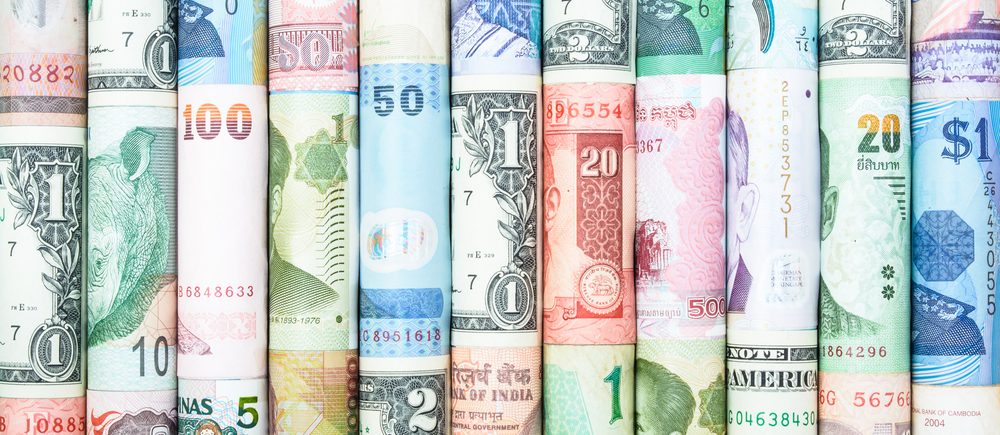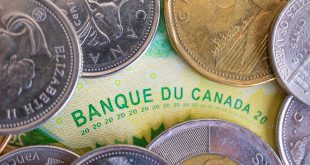On Wednesday, the Chinese manufacturing sector expanded at its quickest rate in a decade, which led to a decline in the US dollar and a rise in the Chinese yuan. The euro increased after German inflation statistics jumped last month, which increased expectations for rate hikes in the euro zone.
The strong Chinese data, which above forecasts with the official manufacturing purchasing managers’ index (PMI) rocketing up to 52.6 last month from 50.1 in January, helped boost the Australian and New Zealand dollars as well.
Additionally, China’s non-manufacturing activity expanded more quickly in February, while the Caixin/S&P Global manufacturing PMI rating for January beat forecasts.
The recovery and reopening narratives, which appeared to be waning a bit last month, are supported by the solid Chinese statistics, and risk assets have benefited as a result.
German consumer prices increased faster than expected and raised expectations for a rate hike from the European Central Bank as a result of the data showing no abatement in persistent cost pressures. German consumer prices were harmonized to compare with other EU member states.
Two of the largest economies in the euro zone, France and Spain, both saw rising inflation according to data released on Tuesday.
Germany, like France and Spain, posted CPI data that were stronger than expected, which supports the notion that the market is shifting and that the ECB rate will peak at 4%, or around 50 basis points higher than it was at the beginning of the year.
With a significant option expiring at $1.07 on Friday, the euro increased by 0.63% to $1.0643. The dollar index decreased by 0.295% against a basket of currencies, on track for its worst daily loss since February 1.
After a four-month losing streak, the index gained nearly 3% in February, its first monthly gain, as a deluge of positive US economic data in recent weeks increased market expectations that
Futures pricing continues to edge higher, with a peak rate climbing on Wednesday to 5.45% in the fed funds by September.
We see the Fed going to 5.5%, with a growing risk of 6%,” said Michael Every, global strategist at Rabobank. “The Fed is hiking. Others can’t follow or match. The dollar will soar. Elsewhere, the Japanese yen weakened 0.05% versus the dollar at 136.27 after the US currency rose almost 5% against the yen in February, its largest monthly gain since June.
The offshore yuan increased 1.3% to 6.8683 per dollar, poised for its biggest one-day rise since late November, while the onshore yuan closed the domestic session at 6.8854 per dollar, the best closing since February 21.
Kiwi prices rose 1.3% to $0.6263, while Aussie prices rose 0.7% to $0.6774, reversing Wednesday’s decline to a two-month low due to weak domestic economic data. They are frequently used as liquid substitutes for the yuan.
After Bank of England governor Andrew Bailey said that the central bank may have already reached the end of its rate-rising cycle, the pound fell to $1.1966, down 0.45% on the day. Once Britain reached a post-Brexit Northern Deal, the pound increased by 1% at the beginning of the week.

 Noor Trends News, Technical Analysis, Educational Tools and Recommendations
Noor Trends News, Technical Analysis, Educational Tools and Recommendations




